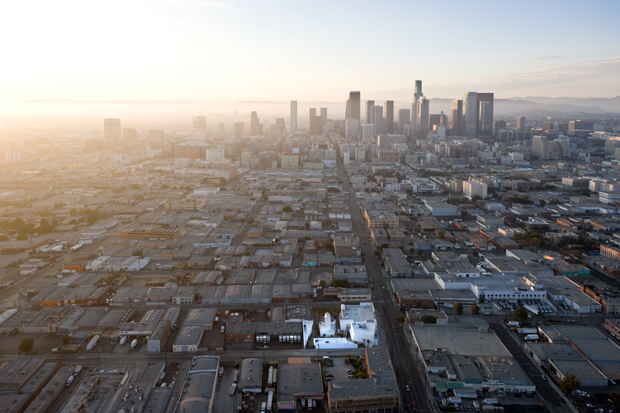
Why Iwan Baan likes to get up high
Shooting Space photographer is in a new place pretty much every other day so needs quick perspective on a city
When we caught up with him last week photographer Iwan Baan told us that he got his first camera when he was 12 – “at that age you’re fascinated by everything around you” – and used it to photograph the scenes he had previously drawn or painted. “It was a logical continuation for me, looking at the world around me - everything from landscapes to holidays, places I'd visited. As a child I always had these drawn diaries of places I’d been.”
It's an approach that he's stuck to, as anyone who follows his addictive Instagram feed or who's seen his incredible architecture photography perhaps at Constructing Worlds, currently showing at the Barbican or in our superlative new book, Shooting Space, will know.
As his photos are featured prominently in Shooting Space a book that studies photographers' artistic response to architecture, we asked him what fired his.
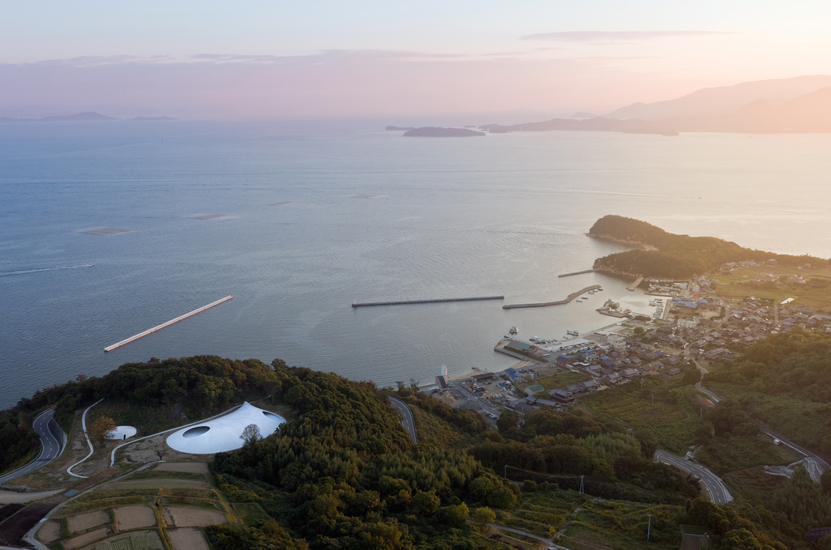
“I think I approach all the projects in a similar way: whether it’s Herzog & de Meuron or Rem Koolhaas," he said. "My commissions are chosen carefully. They always have to have some other aspect for me, other than the architecture. My background is more documentary photography and I like to tell a story around a project, so it’s not so much just about the clean architecture - the one iconic shot – but much more of a story about how these buildings sit in the urban context. What is the relationship to a site? Why is the building there? Why isn't it a generic building that could be anywhere? So all the projects have a very strong relation to each other. That’s what interests me, be they formal commissioned works, or self built projects without planners or architects."
Baan often spends a number of years on a project. He followed the progress of the CCTV Building in Beijing for close to eight years, so we wondered whether he built up any kind of a personal relationship with the structure during that process.
“With a place, definitely. You soak up an environment and you’re there. You’re very much present in that moment and in that place. I tend to travel every two or three days around the world and often I arrive in a place in another state of mind so one of the first things I always do is step back and kind of get an overview of a city. That’s why these aerial photographs and the large overviews are so important for me.
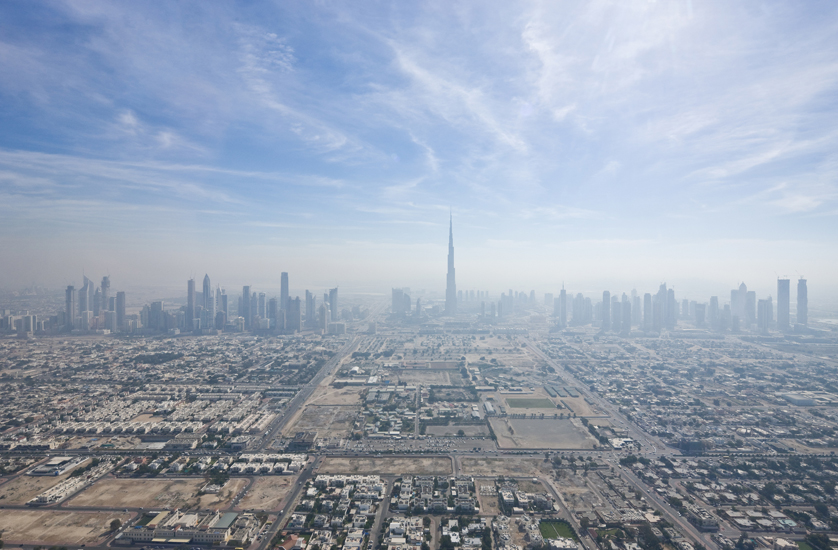
We also wondered if he read around a place before visiting and shooting it. "It depends," he said. "I’m not an architect. I don’t know much about architecture. But I like to think about why a building is there in that place, in that city specifically, and I slowly start to work around that and dig deeper into a place. I think that the story is different for every place. Often it comes out very quickly once you’re there and you engage with a place. I won’t do the thing where you have a briefing meeting with an architect who tells you to photograph this or that corner. I think with great architecture these ideas come out anyway and you kind of feel them when you are there.
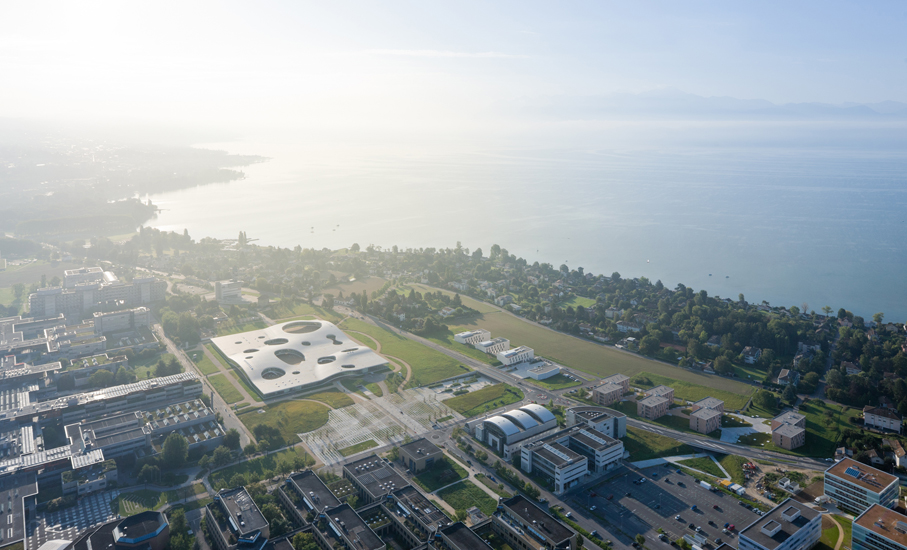
When we met him he'd just been shooting Thomas Heatherwick's Bombay Saphire building. What's Thomas like to work with, we wondered.
"I’ve worked with Thomas for quite a number of years already and one of the things I like is that all his buildings have a personality. They’re almost human beings! His work is fascinating and he has such a signature and his work is also usually related to a specific site and a story, so it’s always great to work with him."
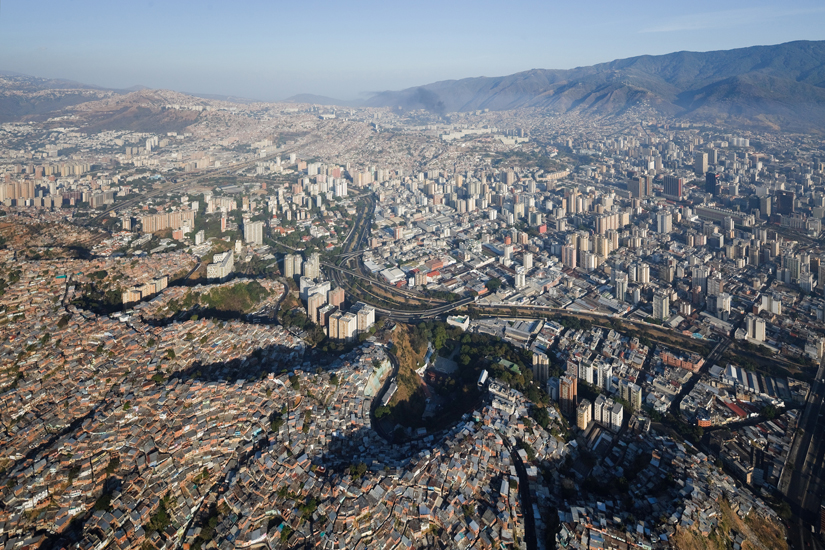
Hélène Binet photographs wild flowers to unwind as part of her personal pet project Baan is big on Instagram, a platform he began working hard over a year-and-a-half ago. Instagramming the incidental environmental aspects around the architecture projects he shoots.
"I like to photograph different things. My personal interest which deals more with these cities and informal environments and how people built informal but still very specific and personal places outside the planners and architects. So that’s part of an ongoing project. We travel so much it's become this larger and larger body of work!"
Shooting Space, authored by curator and writer Elias Redstone, centres on the photographic response to contemporary architecture as seen through the lenses of Iwan Baan, Hélène Binet, Luisa Lambri, Hiroshi Sugimoto and Thomas Struth among others. You can find out more about the photographers in Shooting Space here. And if you're in London anytime soon, you'll find information about Constructing Worlds at the Barbican here.